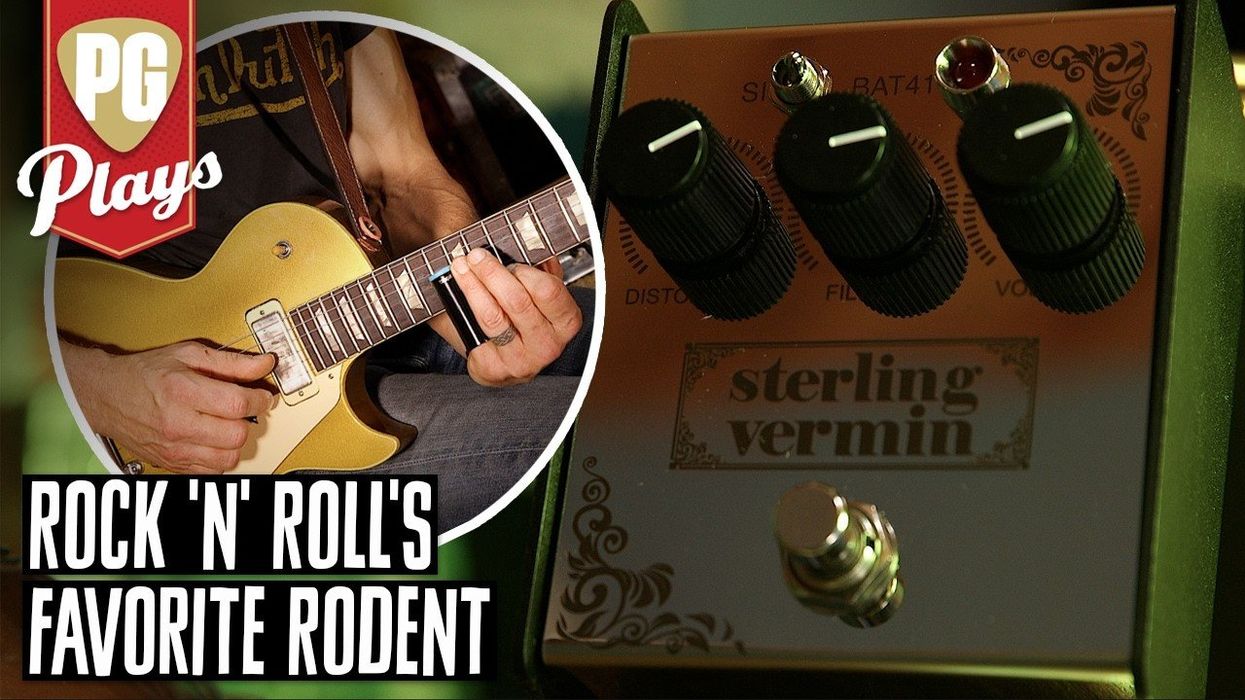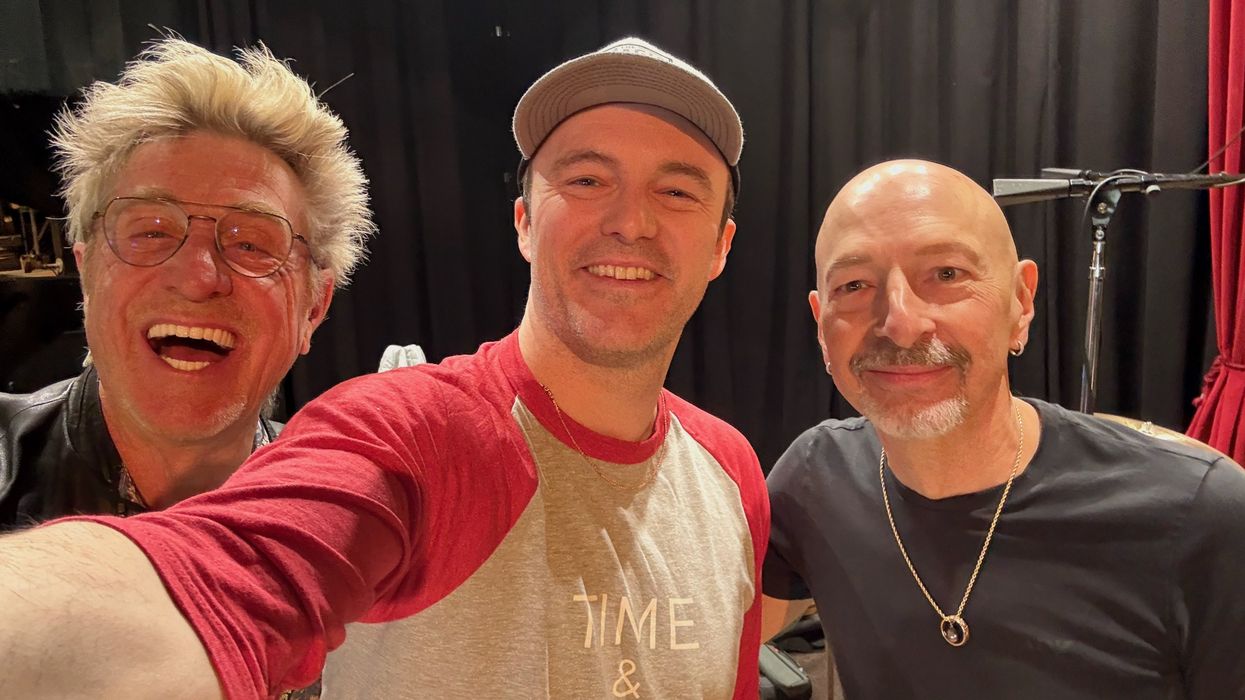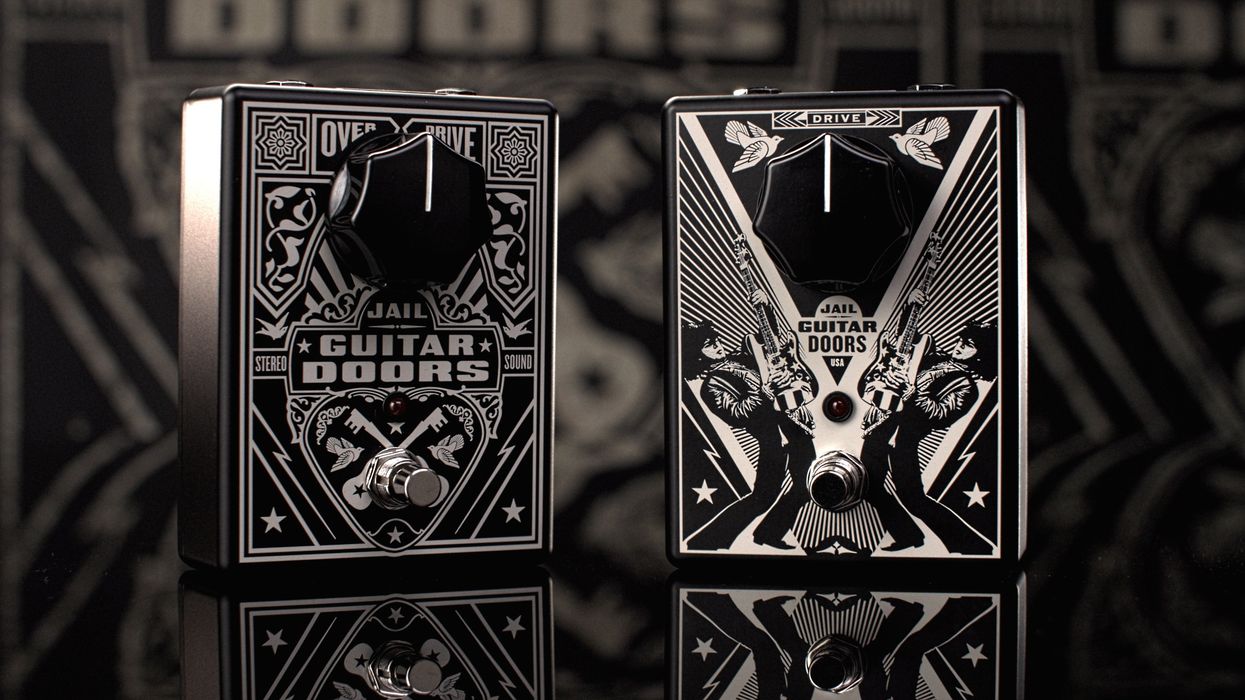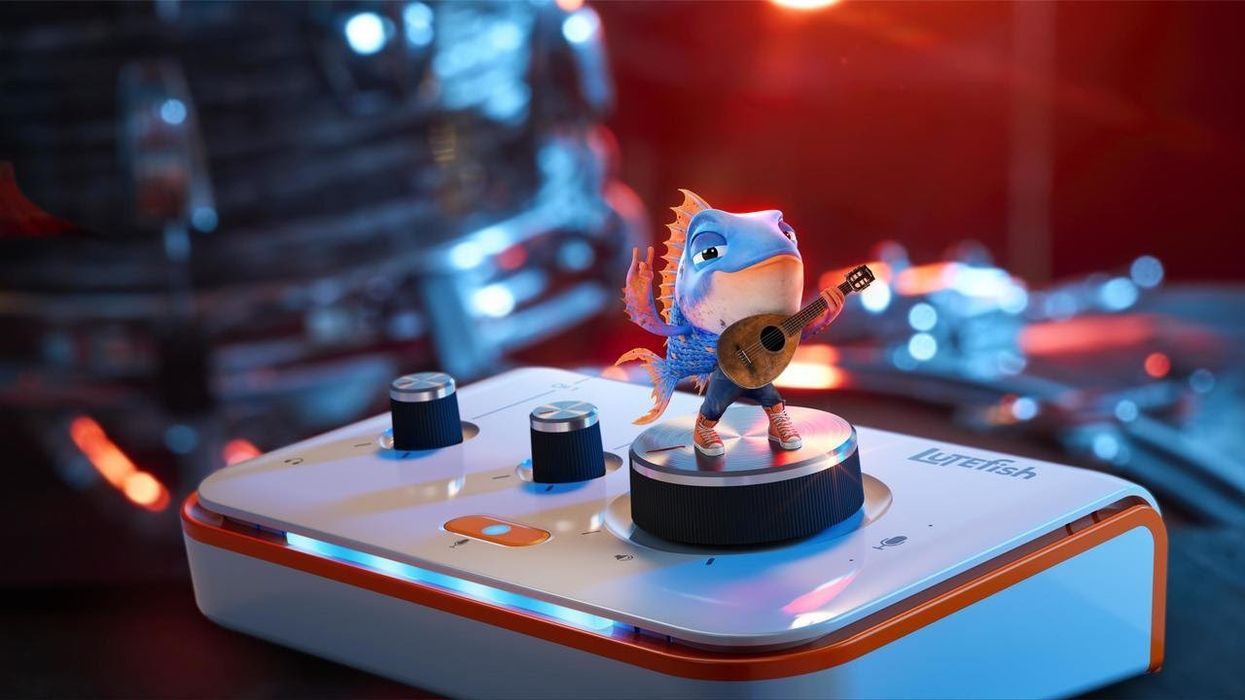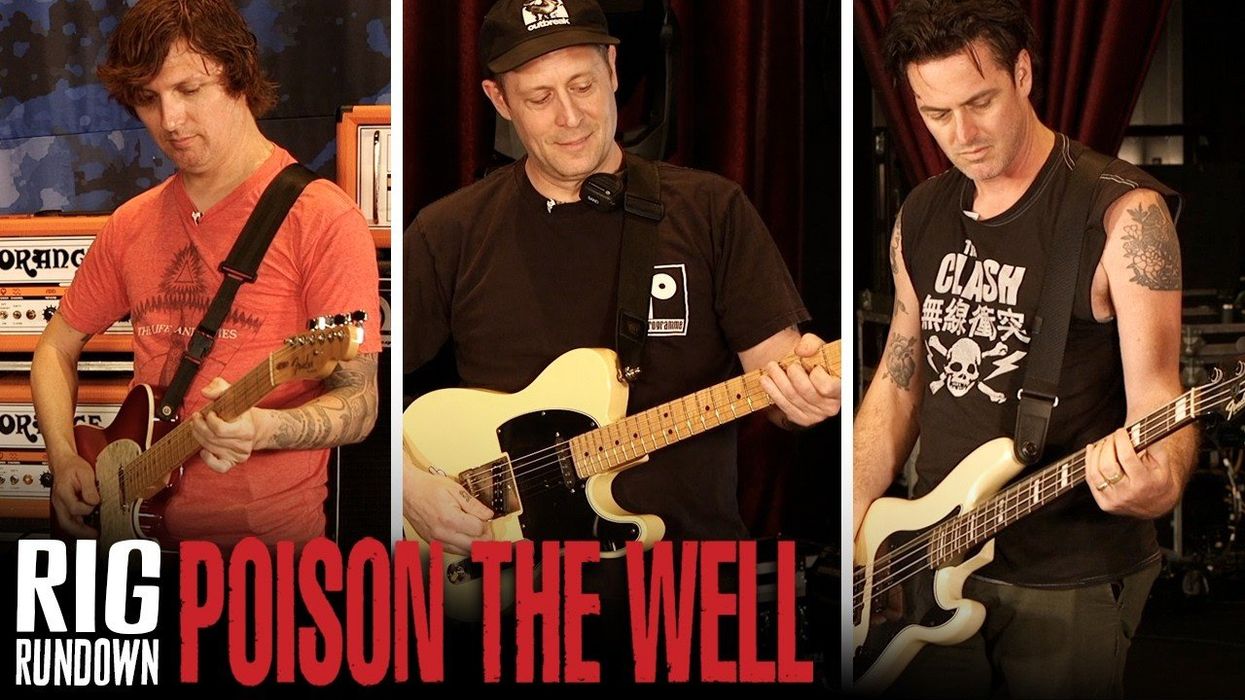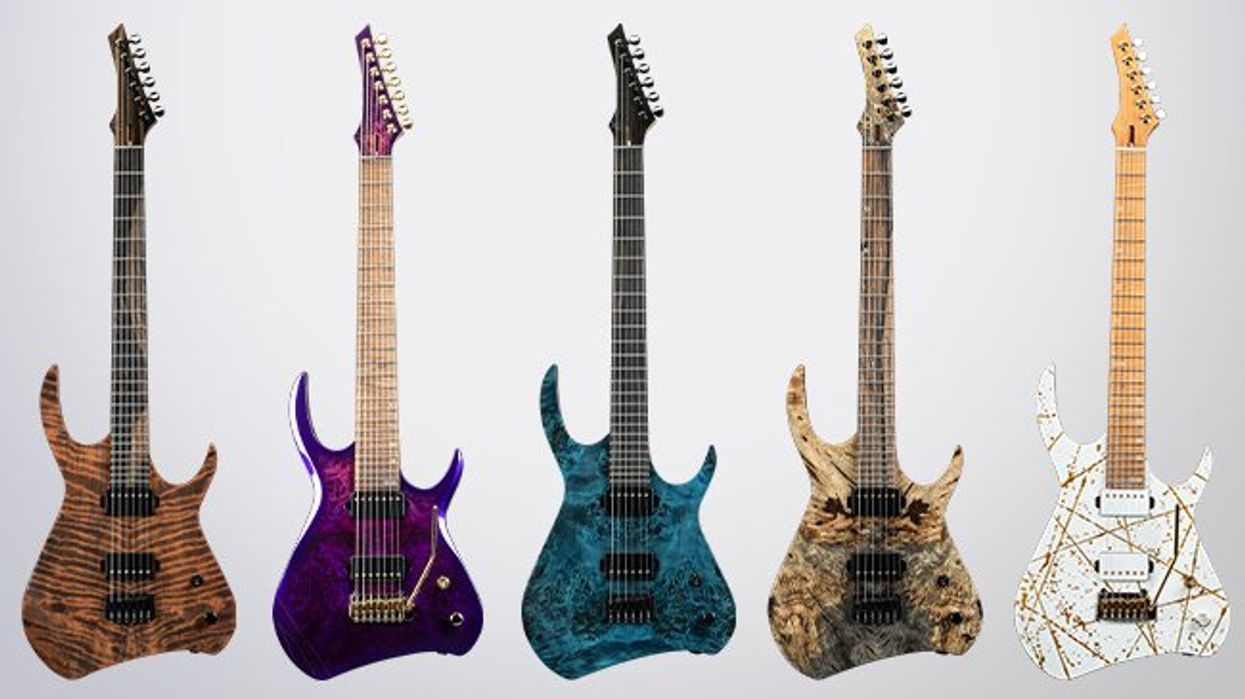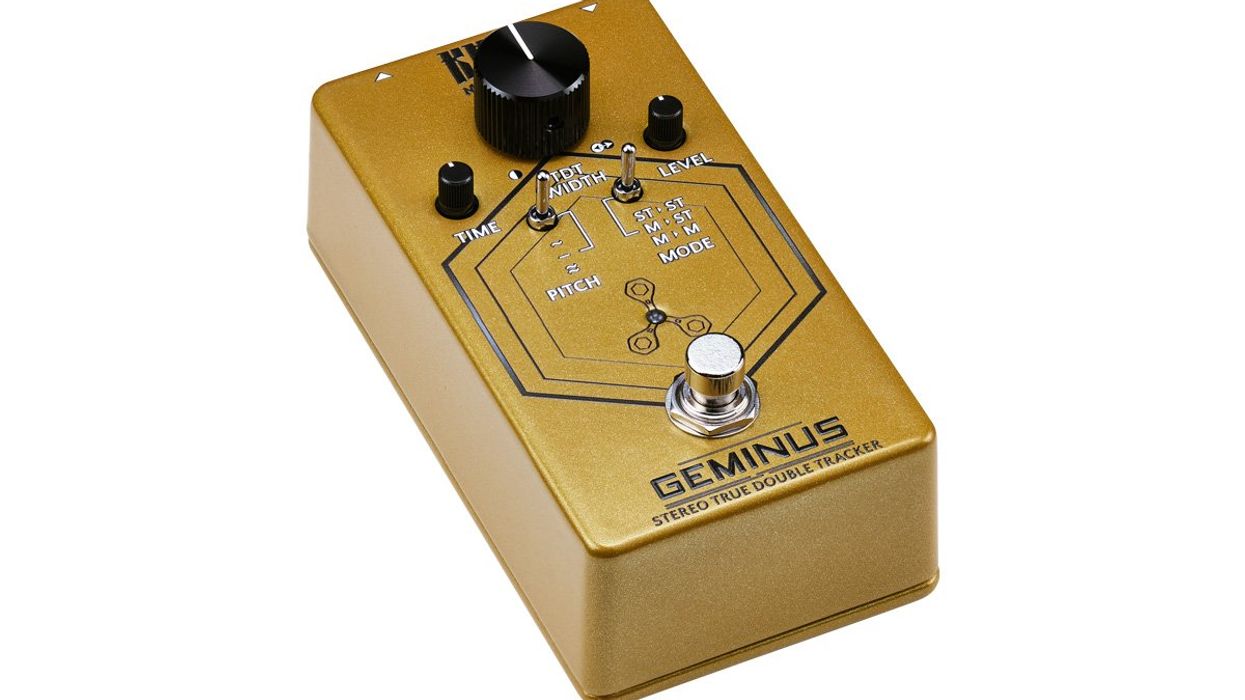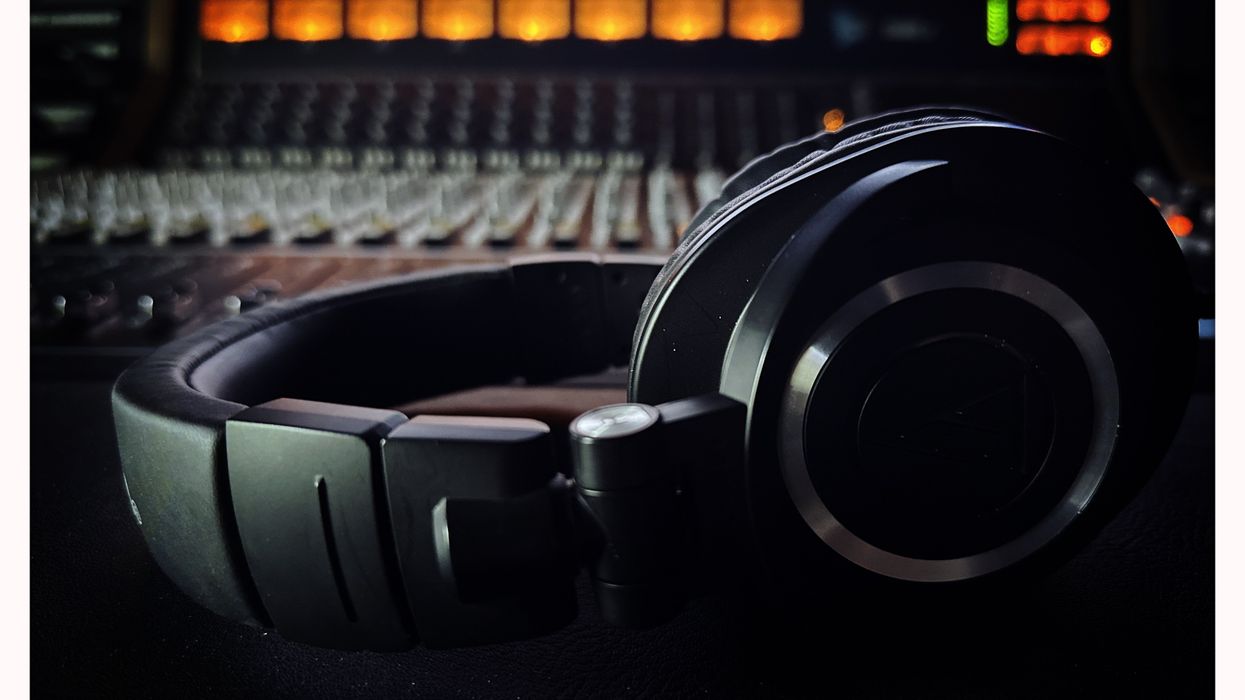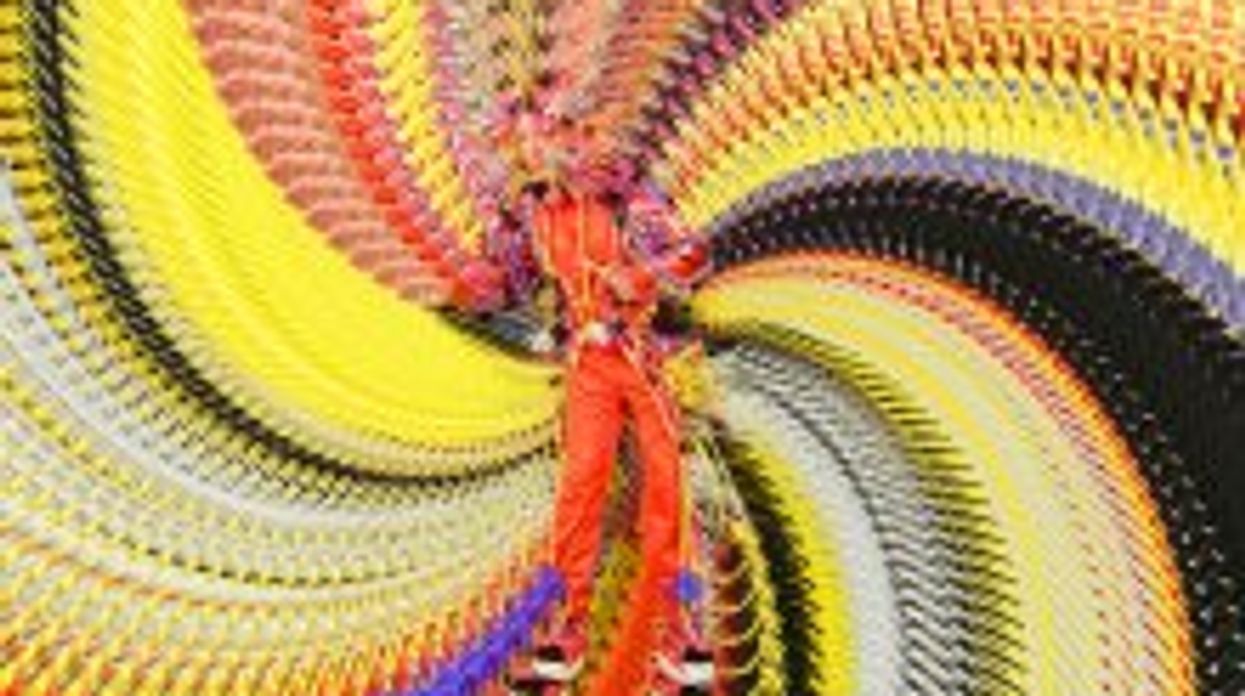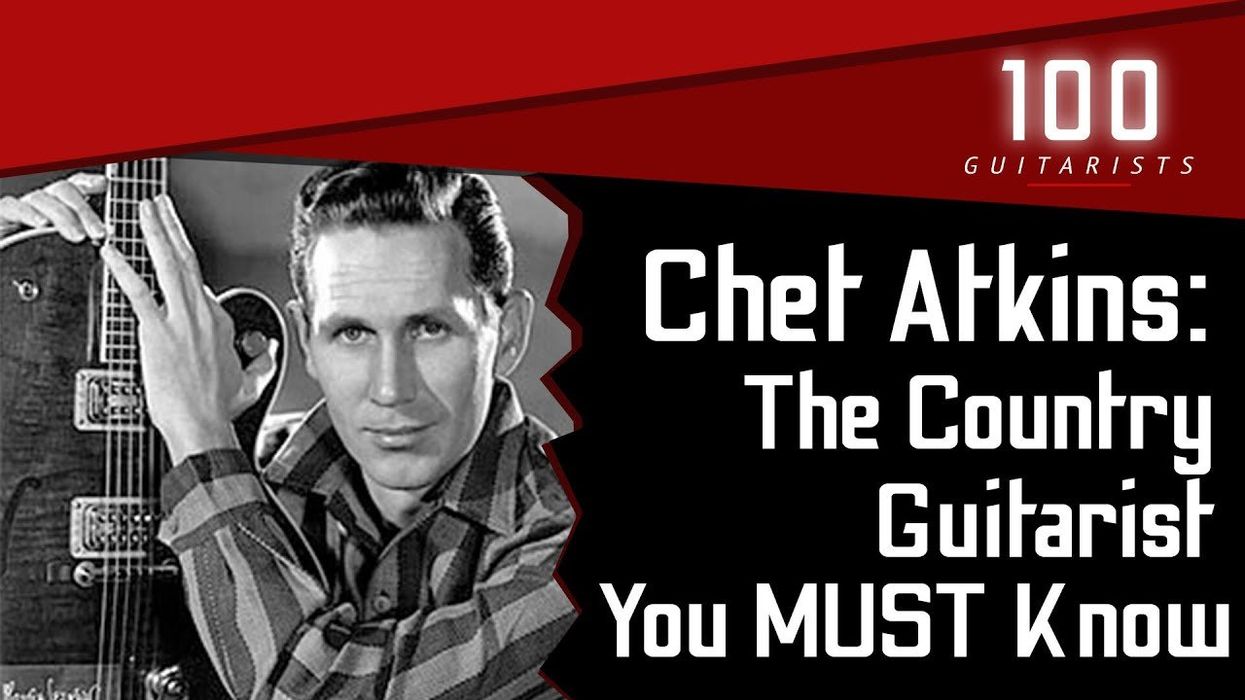After twenty years, VHT founder Steven Fryette is building his highly regarded amps under a new name: Fryette Amplification. The VHT trademark has been sold to AXL, which produces amplifiers bearing the VHT logo. Fryette continues to hold all the patents and designs, and will continue to make all of the VHT models currently in production. We spoke to him about what that change means, about what he’s gathered in his twenty years of designing and building amps, and about what we might expect from him next. The following is a portion of that conversation. 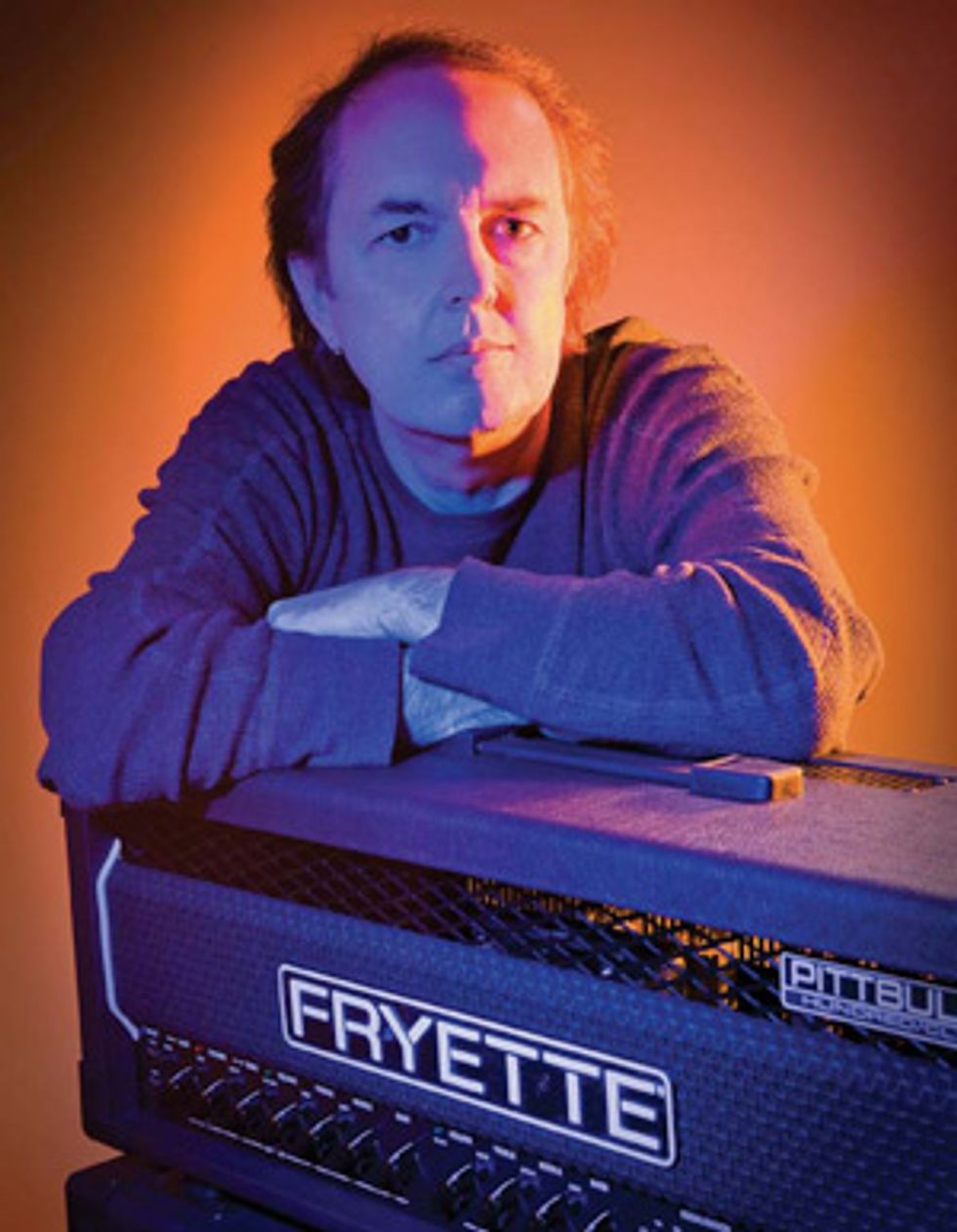
It’s always about the player and playing music, and what you hope to accomplish by playing music. That’s always my starting point. Even if I forget for a moment, eventually I’m forced back there because that’s the point where all the inspiration is drawn from. Music is a collective pursuit, everybody is involved in that, and borrows, and intermixes and adds. Some people, guys like David Torn come to mind, innovate. When you get an opportunity to interact with an innovator, very cool things happen. Generally, it’s a pretty collective conversation. So when you sit down and talk to players, you always have lots of common ground to work with.
Producing a piece of equipment or an instrument for an artist to use, on the other hand, is a problem-solving project. When you sit down and talk about music, you’ll talk about what you like, or somebody that you saw that was particularly good. As the conversation grows, you get into things that are common ground, and eventually you start getting into problems, like “I’m trying to do this,” or “I don’t have the technique to do that,” or “I heard something I haven’t figured out how to do.” When you get to that point in the conversation, these are the things that make you go, “Alright, how do I address that, or create something to solve that problem?”
So the initial idea for a design really is about being presented with a particular challenge?
Absolutely.
The amps you make are… well, worshipped…
[laughs] for lack of a better term?
Yeah… for their organic nature, for the way players can interact with them, and I’ve heard you spend a lot of time watching and listening to players using your amps. During the process of developing and refining, are you watching or listening for certain cues that let you know you’re on to something, in terms of the challenge you’re trying to solve?
In a way, there are two entirely different perspectives in there. One is just a technical perspective—engineering, selecting components and arranging how they’re going to fit together, making the idea work... that brute, engineering aspect. The other is just the being-in-the-moment sort of process. In reality, those two things don’t exist separately. They aren’t necessarily paid attention to equally, but they have to co-exist for the product to exist. I think the difference between one product and another has a lot to do with which perspective gets how much time applied to it—how much you are willing or able to go into that other zone.
And there’s no manual for that zone, no set of specifications to follow. It’s entirely intuitive and you just have to really love music and respect the people you work with to surrender yourself to that.
I do listen to players, and interact with them— jam with friends and artists… our key artists are also friends, so the artist relationship is more than just somebody who’s playing our gear. We’re inspired by the music they make; they’re inspired by the gear we produce. There’s a synergy there that gets the conversation going and creates the interest on their end to explore the gear more fully and to ask questions, and really get into it and learn how to get the most out of it. For us, too, to get inside their heads, and see how they’re doing it, how they’re solving their problems, and where they’re drawing their inspiration.
A case in point is Page Hamilton. He uses the Ultra-Lead almost exclusively, and I’m always amazed that he has the master volume turned down kind of low, and he uses it in half-power mode. But he has this big, huge, dynamic sound, and people have this idea that he’s blowing up the stage all the time. He came over here one day, and he started playing pretty quietly… just this little rhythmic riff, over and over again. It was really a small, little-sounding riff, but he kept playing it, and after about three or four minutes, it just got bigger. He didn’t really change anything so much—and he didn’t change any amp settings or guitar settings. The sound just got bigger, and bigger, until I was amazed—he had transformed from the regular guy coming in the front door into the Page Hamilton that people see on stage, and respect and strive to emulate… the whole vibe in the room changed, and that’s the creative interaction with the gear that turns into something that’s greater than the sum of the parts.
It’s hard to explain, but you have to really look at that and think, “There’s something going on here that is organic.” But not organic in the sense of the word when people say, “That’s a really organic-sounding amp.” That word can mean a lot of different things to different people. The organic I latch on when you use the word is the synergy between the player and their gear that happens as you warm up to it and get into it. It’s not about what circuit board, or a particular capacitor, or that sort of thing. It’s that there’s something in there that wakes up.
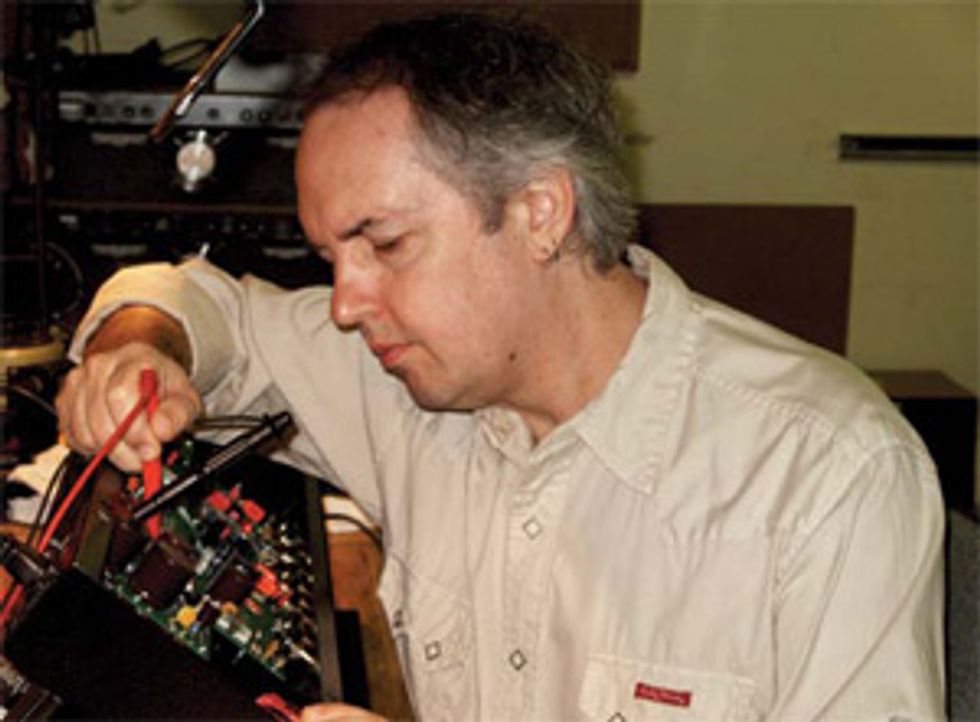 Fryette testing a prototype Deliverance. |
There’s a couple, actually. One was the Deliverance. Someone here said they thought our sound was too sophisticated to cop something like the guitar sound on Anarchy in the UK. So I took a couple of minutes and set up, I think the CLX, to sound like, or more correctly put across the attitude of that guitar sound. From there, we started exploring how we felt that there was something some people weren’t “getting” about our amplifiers—that their versatility is not a function exclusively of the feature set. How do we make that apparent? How do we put something into the hands of a player that illustrates the versatility absent all the features? The obvious answer was, “Let’s just yank out all the features that people think are responsible for the versatility, and then see if we’ve retained it. If we have, let’s throw it out there and see if anybody recognizes that.”
The idea was to take your mind off of the switches and buttons and all that stuff. You just play, and then you realize, “Oh, wait a minute, I’m playing this amp that I never thought could do these sounds, and without all the features I thought I needed.” And that creates a moment of an awakening to a particular segment of the guitar-playing world that thought we were just a metal amp, or that we were just about whatever kind of sound or artist was associated with it.
It seems very much like an artist’s approach to problem solving: put all the things you need to know in your mind and then just wait, let it cook.
Yeah, the needed component finds its way to the top, if given the opportunity.
Is that balance something you’ve always been able to strike—between the engineering and the “know-how” of building the amp, and the artistic approach of letting the missing piece find its way into the pattern?
That’s a really good question. If I knew, I probably could answer it. I would say that whatever you call balance is the product of the time and place you’re in—just like music is… and the gear that you use to get a sound is simply the approach that you used at that time. In the real world, players often find themselves not using the gear they thought they needed to accomplish what they set out to do. I do the same thing working out ideas as I would for playing music—try to stay in receive mode.
It also sounds like you’re clear about approaching the whole thing as a journey, just kind of going for the ride. Lots of people sell themselves on the idea that there’s one path, and that they shouldn’t take any detours or follow anything that interests them, but it seems like you really respect the different places your own obsessions have taken you.
It’s very much a ride. The detour, by the way is often the most interesting and revealing path. Closing the door and saying, “Okay, the ride’sover. We’ve figured out what we wanna do; now we’re just gonna make this time a million…” that’s when I walk out the door.
I’m pretty lucky ’cause I’ve met a lot of people who have reinforced that feeling, you know, that I’m on the right track. I’ve always had the support of my friends and my family and all that, but I’ve also had some pretty good influences. There was a book I read once called Zen and the Art of Motorcycle Maintenance…
Sure, I remember that book.
That was something that always stuck with me, because that book dealt with the duality of the rational side of doing a thing versus the romantic side of a particular pursuit. Of course, the whole idea of the book was that those two things coexist. I went on a motorcycle trip and read that book during that time, so that really stuck with me. I was fortunate to have a good ear, and to be able to play different instruments, and have music come to me pretty easily, and to really love music. When you really love something and there’s a bunch of other people that all love the same thing, then you’re part of a community. If your life revolves around being part of that, you can’t help but pick up good information and get inspiration, and maybe even get challenged, which is always a great thing.
With us, there’s an underlying philosophy that everything we do, whether it’s a product, or a feature, or a function, it has to have a reason to exist, it has to be consistent with what we consider the qualities of our product and sound, and it has to make sense. Usually, if it meets those criteria, then the rest of it sort of takes care of itself.
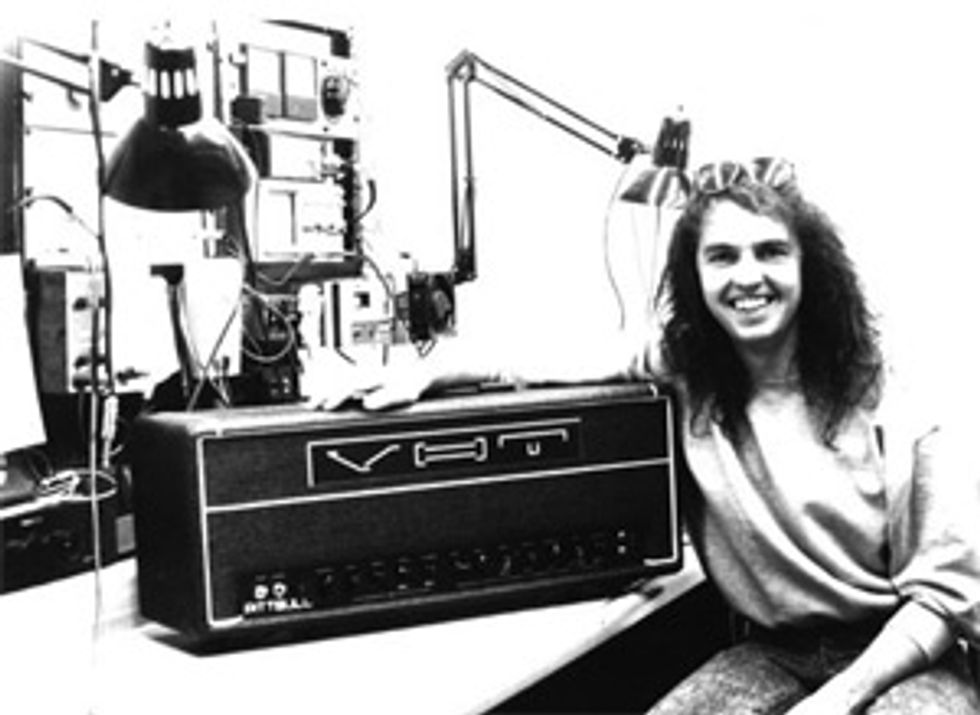 Fryette and a Pittbull prototype, ca. 1987. |
There’s a little angst out there about it, but the bottom line is that we are the same company that we’ve always been—we just have a new name. We had an association with another company that lead ultimately to the sale of the VHT trademark, and it was a good deal for us and a good deal for them. It might be difficult for people to understand, because it’s such an unusual and seemingly drastic move in an industry where people feel that when you build a brand over a long time, that there’s something associated with that brand and that it’s a cardinal sin to dispose of that or to veer away from that model—although, in the nineties internet companies were doing it all the time. It was the M.O… so you saw a lot of rebranding going on then. It was the way to go.
The other part of it is the people who are our family, our loyal players. Long-time users have an attachment to that, and they felt maybe that it was kind of ripped from them without a proper explanation. I’m sympathetic to that point of view too, but the bottom line is, this name change represented a huge opportunity for us to grow and do a lot of things that we had been constrained from doing for a long time because of our size. So, as unusual as that concept is (and shocking to some people), selling our trademark to another company who’s going to put it on an entirely different product that doesn’t have any association with our products has worked out really well on a financial level and on a creative level for us. I made the conscious decision to get out from behind the amp and take my place on the front, instead of using a pseudonym. It’s going back to this thing being a conversation.
What can we expect from you guys going forward? I know you’re working on the Memphis.
Right. Memphis is going to be a series, starting with combos. We’re working really hard on that. For a long time we’ve sort of been in awe about the demand for our big gear. Recently, the emphasis on combos has been more noticeable than in past years—the dull roar of “When are your combos coming back?” has turned into a little bit more of an aggressive roar in the last couple of years. We’re replacing our former Pittbull series combos with the Memphis Series—new features, some refinements, and innovative cosmetics. A combo is a specific kind of a thing. There’s a set of expectations, and manufacturers have to live up to those expectations—those challenges to address, maybe meet, but also try to open people’s eyes and show them maybe another little twist on that. That’s the innovative part that you’ve got to keep your eye on.
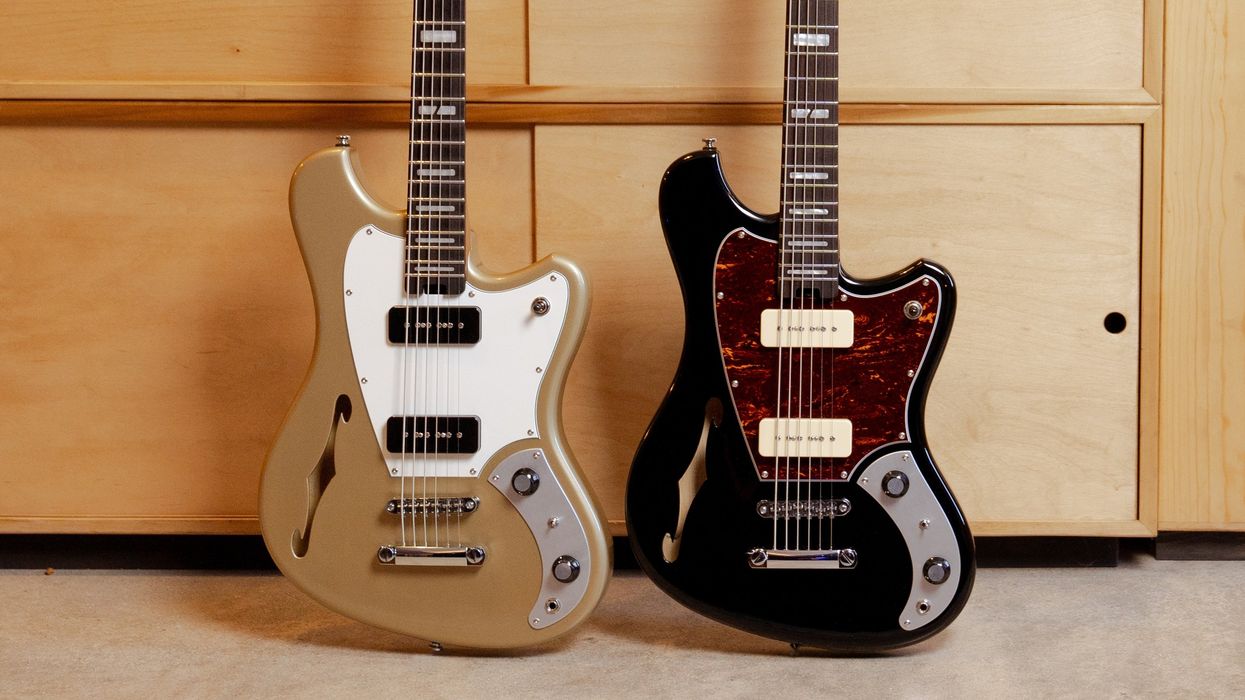
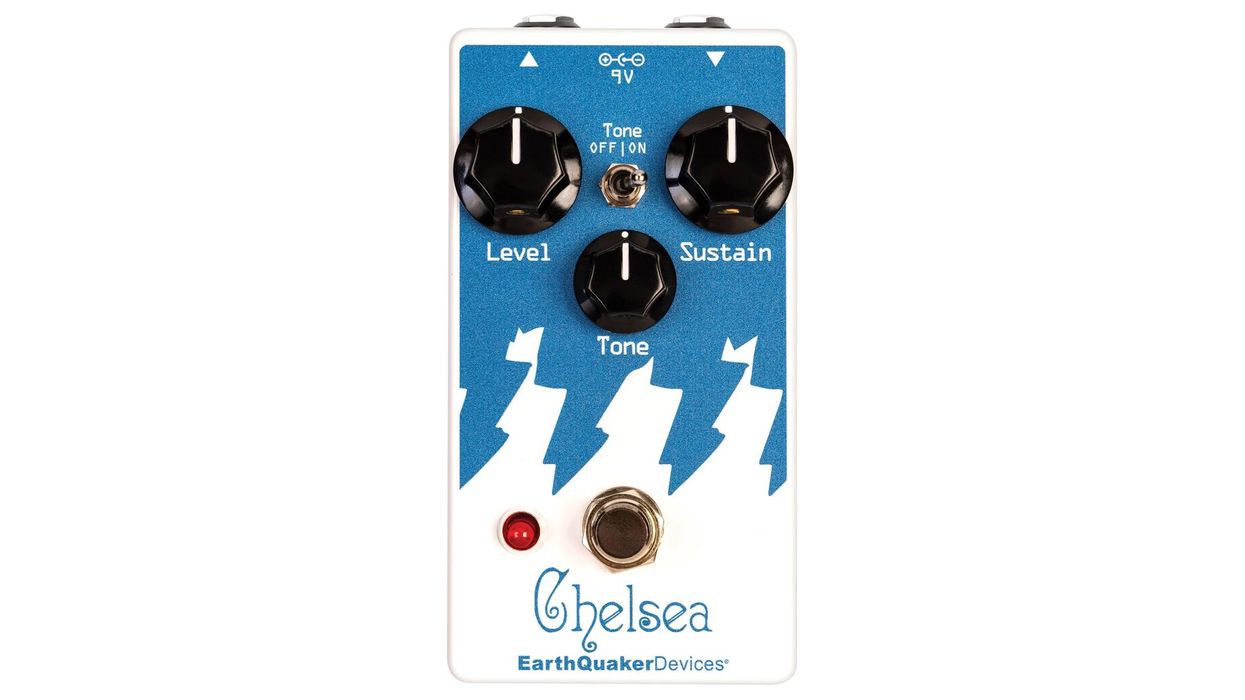

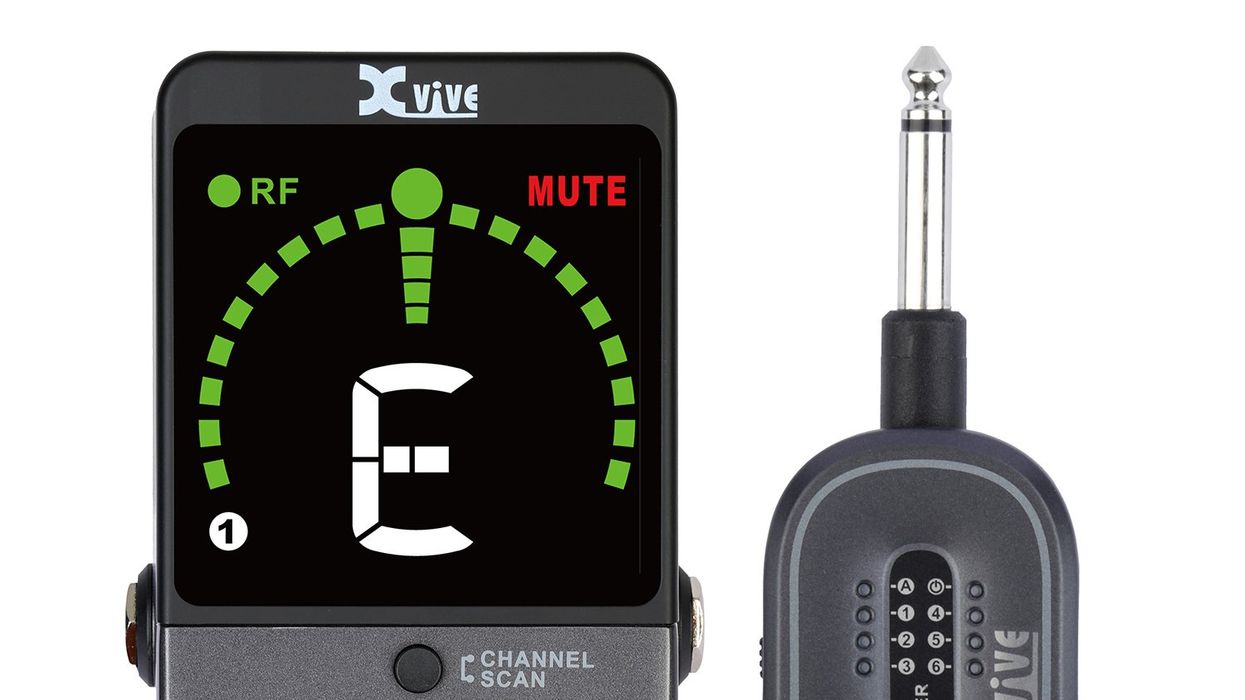
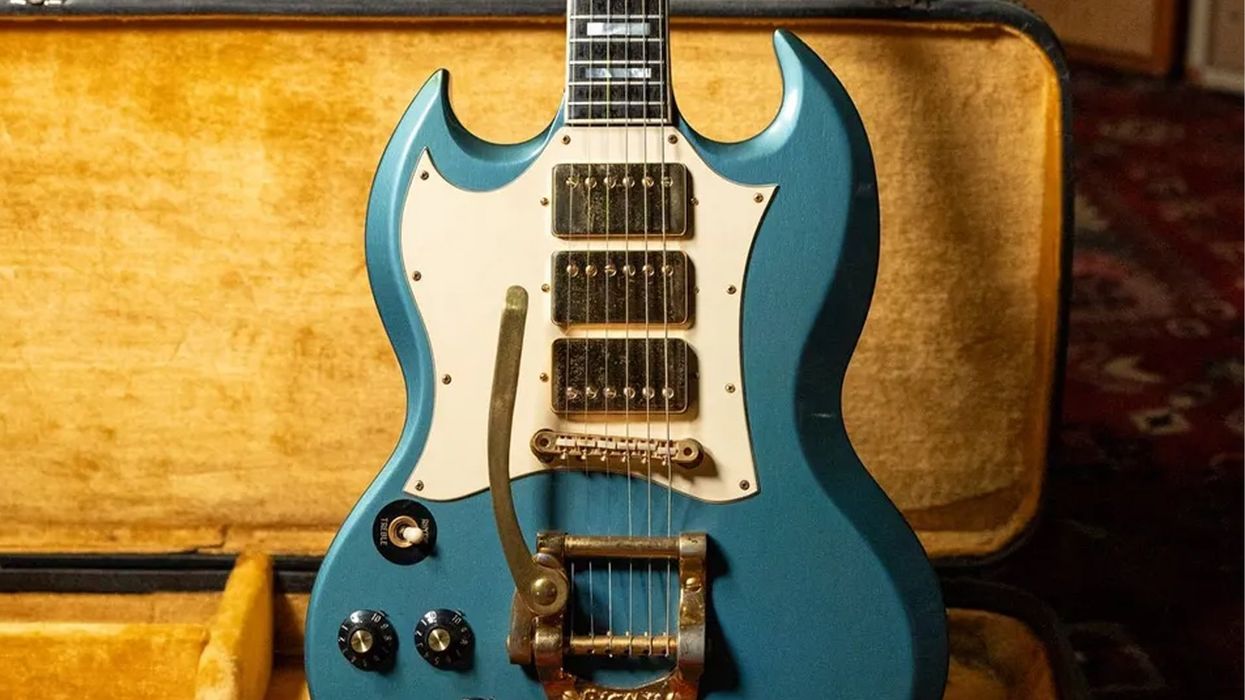
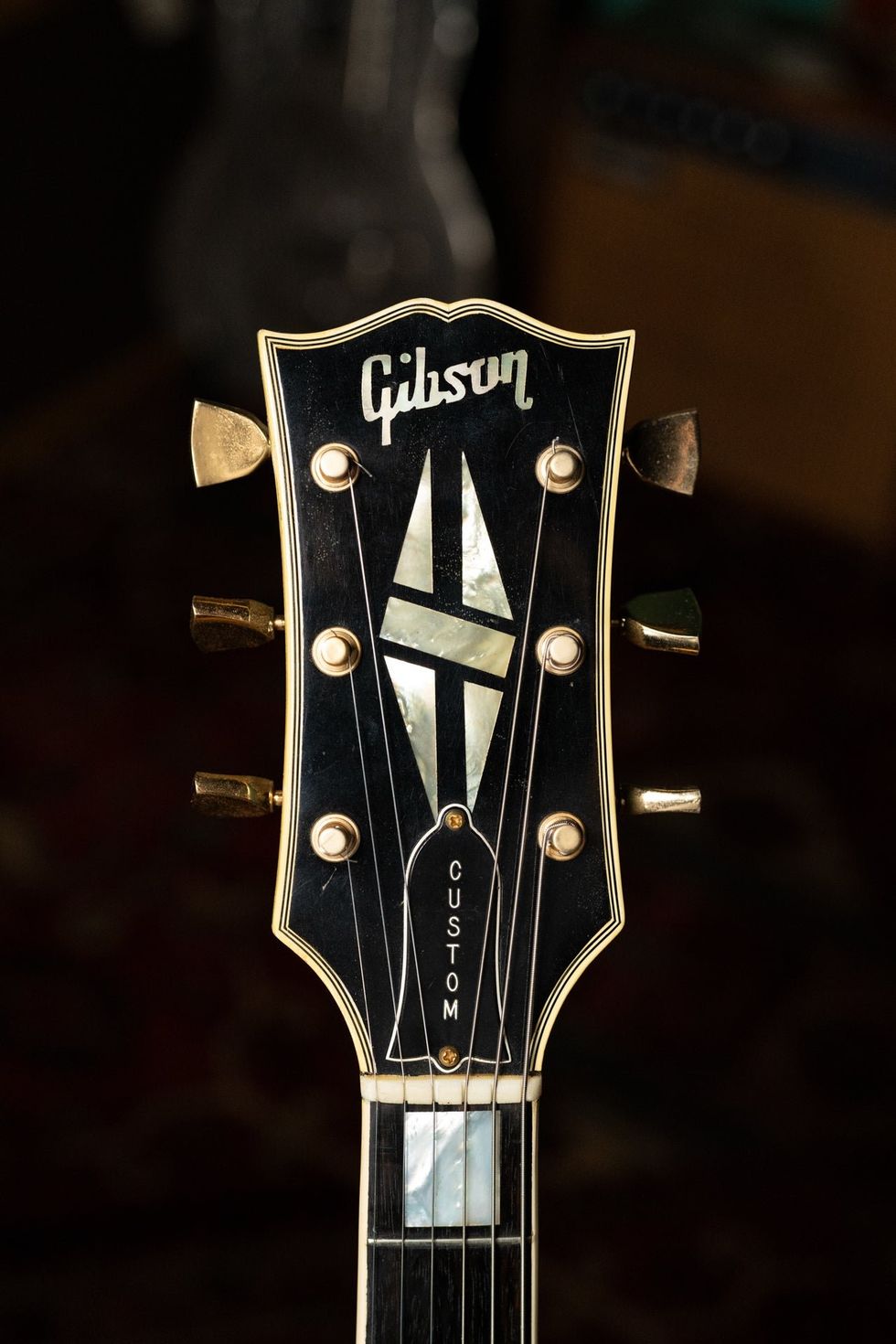
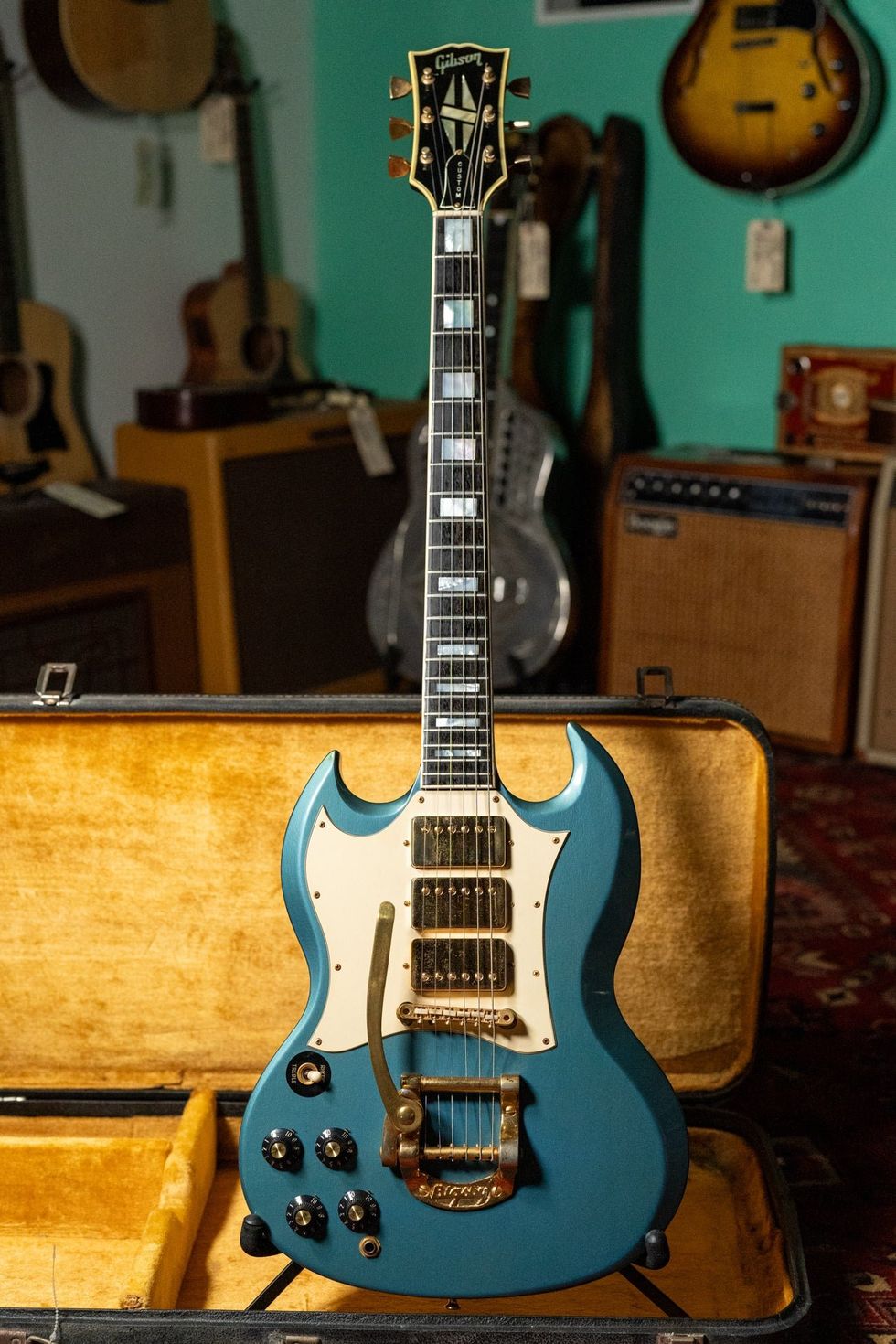 Whether or not Jimi Hendrix actually played this guitar might come down to how lucky its buyer feels.Photo courtesy of Imperial Vintage Guitars Reverb Shop
Whether or not Jimi Hendrix actually played this guitar might come down to how lucky its buyer feels.Photo courtesy of Imperial Vintage Guitars Reverb Shop